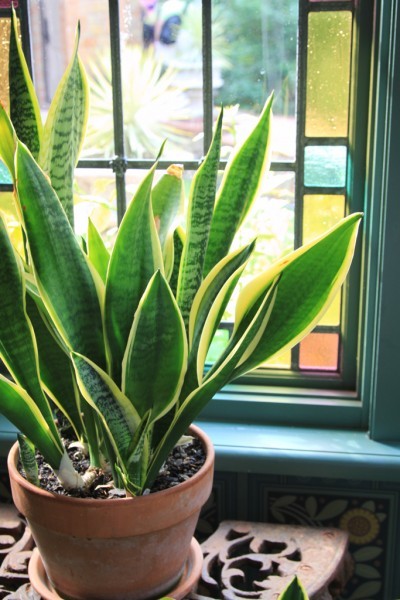






If a prize were available for the most tolerant plant, snake plant (Sansevieria) would certainly be one of the frontrunners. Snake plant care is very straightforward. These plants can be neglected for weeks at a time; yet, with their strappy leaves and architectural shape, they still look fresh.
Additionally, they can survive low light levels, drought and have few insect problems. NASA research has even shown that snake plants are able to help keep the air inside your home clean, removing toxins such as formaldehyde and benzene. In short, they are the perfect houseplants.
Growing snake plant from cuttings is relatively easy. The most important thing to remember is that they can easily rot, so a free draining soil needs to be used. Leaf cuttings are the usual method but probably the easiest way to propagate snake plants is by dividing. The roots produce fleshy rhizomes, which can simply be removed with a sharp knife and potted up. Again, these will need to go into a free draining soil.
After they have been propagated, the care of snake plants is very easy. Put them in indirect sunlight and don’t water them too much, especially during the winter. In fact, it’s better to let these plants dry out some between waterings.
A little general purpose fertilizer can be used if the plants are in a pot, and that’s about it.
There are around 70 different species of snake plant, all native to tropical and sub-tropical regions of Europe, Africa, and Asia. They are all evergreen and can grow anywhere from 8 inches to 12 feet high.
The most commonly used species for gardening is Sansevieria trifasciata, often known as mother-in-law’s tongue. However, if you’d like something a little different, the following species and cultivars are worth looking out for:
Hopefully, this article has helped to explain how to grow a snake plant. They really are the easiest of plants to look after, and will happily reward your lack of attention by giving clean air to your home and a little cheer in the corner of any room.
Copyright © www.100flowers.win Botanic Garden All Rights Reserved